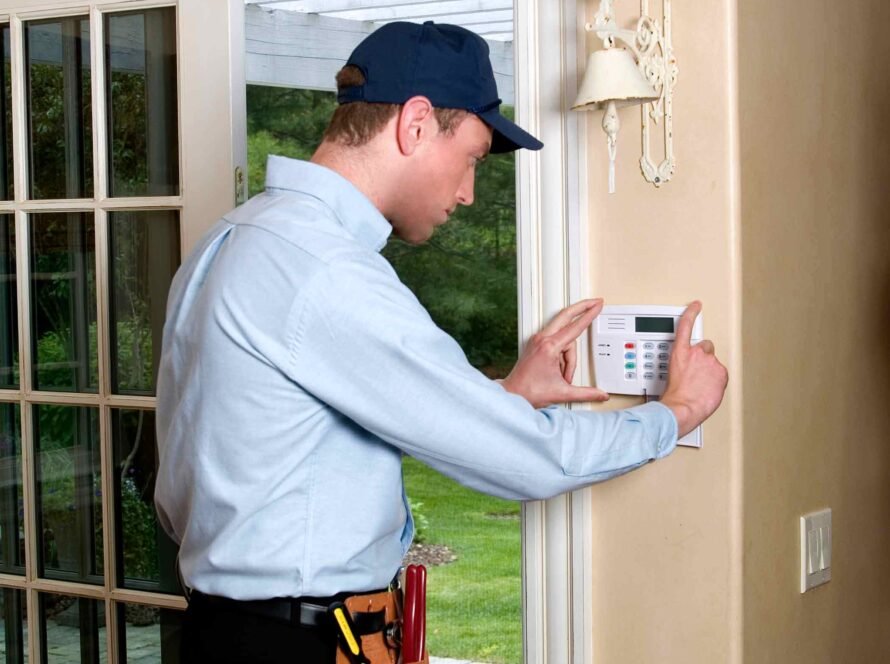We delve into the crucial intersection of safety and technology through the lens of home security systems. As technology evolves, so does the way we protect our homes and families. Today’s home security systems are not just about deterring burglars; they incorporate advanced technologies to provide comprehensive safety solutions. Let’s take a closer look at how home security has transformed over the years and what the future holds.
The Early Days of Home Security
Historically, home security was simplistic, often involving mechanical locks and barred windows. The concept of a ‘burglar alarm’ dates back to the early 1700s when an English inventor created a door lock that fired a shot when triggered. By the mid-20th century, more sophisticated systems began to emerge, incorporating sensors and alarms that alerted homeowners to intruders.
The Rise of Electronic Home Security
The latter part of the 20th century saw a significant shift towards electronic security systems. These systems utilized magnetic contacts placed on doors and windows and motion detectors to monitor a home’s perimeter. When these sensors were tripped, they would trigger an alarm, alerting homeowners and, in some cases, automatically notifying law enforcement.
Integration of Digital Technology
The advent of digital technology and the internet has revolutionized home security:
- Smart Home Integration: Today’s systems integrate seamlessly with smart home platforms, allowing homeowners to control security features along with lights, thermostats, and even appliances from a single device.
- Wireless Technology: Wireless systems have eliminated the need for extensive wiring and made installation simpler and cleaner.
- Remote Monitoring: Modern systems offer remote monitoring capabilities, enabling homeowners to view their property via smartphones or computers, no matter where they are in the world.
The Impact of Artificial Intelligence and Machine Learning
Artificial Intelligence (AI) and Machine Learning (ML) are the latest frontiers in home security:
- Facial Recognition: Some advanced systems use facial recognition technology to distinguish between known occupants and strangers, alerting homeowners to unusual activity.
- Behavioral Analysis: AI can analyze regular patterns of behavior and flag any unusual activity, providing a more proactive approach to home security.
- Integrated Systems: AI and ML allow for the integration of various security elements, from cameras to alarms, creating a more cohesive and responsive system.
Future Trends in Home Security
Looking forward, the home security industry is poised to embrace more innovative technologies:
- Internet of Things (IoT) Devices: As more household devices connect to the internet, the scope for integrated security grows. IoT devices can provide additional data points that enhance security measures.
- 5G Technology: The rollout of 5G will enable faster and more reliable home security solutions, reducing latency in video monitoring and improving remote system control.
- Enhanced Privacy Protections: With increased technology comes the need for enhanced privacy. Future systems will likely focus on safeguarding personal data even as they protect physical property.
Conclusion
The evolution of home security systems mirrors advancements in technology, reflecting our growing need for safety and the increased capabilities of digital solutions. As we look to the future, homeowners can expect even more sophisticated, intuitive, and integrated home security options.




